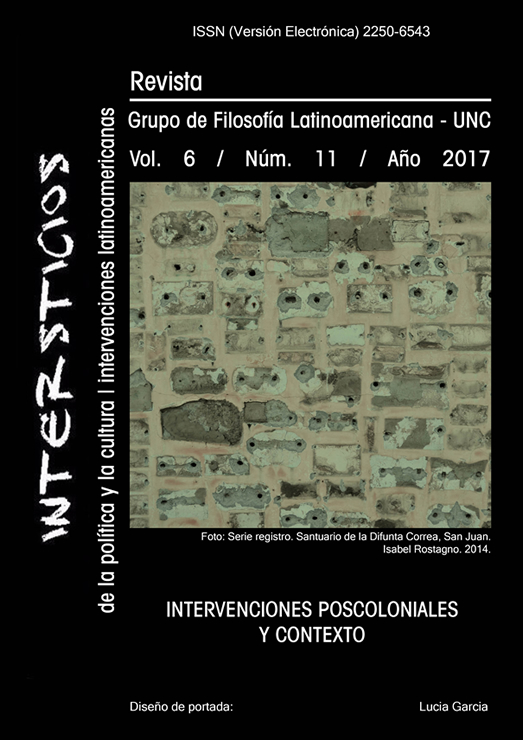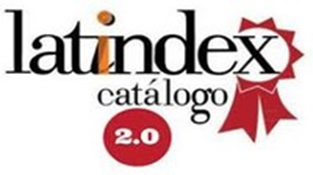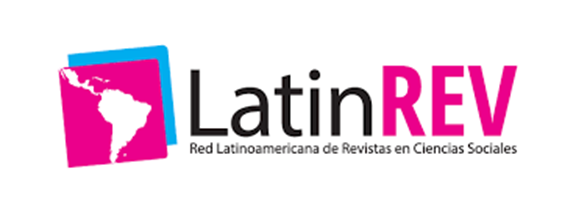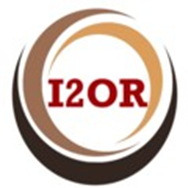Colonialidad/modernidad como matriz de subjetivación étnica: lecturas desde la crítica biopolítica, el pensamiento de la comunidad y la deconstrucción
Abstract
El propósito del artículo es explorar las formas teóricas y jurídicas coloniales/modernas de estructuración de la vida-en-común en el campo de la etnicidad, analizándolas como un entramado que articula la matriz biopolítica y de la gubernamentalidad con el dispositivo de la persona y el paradigma inmunitario. Para nuestro análisis articulamos centralmente tres corpus teóricos: el foucaultiano, en su propuesta epistemológica y metodológica como su crítica biopolítica y analítica de la subjetividad moderna; el derridiano, en su propuesta de pensamiento sobre lo político; y el de la crítica epistemológica del colonialismo. Tomamos centralmente dos tesis desde cierta distancia crítica: a) la colonialidad constituye una expresión de la modernidad y b) lo que conecta la biopolítica con la modernidad es el paradigma inmunitario.
Abstract
The purpose of this article is to explore the colonial / modern theoretical and juridical forms of life-in-common structuring in the field of ethnicity, analyzing them as a network that articulates the biopolitical and the governmentality matrices with the dispositif (apparatus) of the person and the immune paradigm. For our analysis, we articulate three theoretical corpuses: the Foucauldian, in its epistemological and methodological proposal as its biopolitical and analytical critique of modern subjectivity; the Derridean, in its proposal of thought on political issues; and that of the epistemological critique of colonialism. We centrally take two theses from a certain critical distance: a) coloniality is an expression of modernity and b) what connects biopolitics with modernity is the immune paradigm.
Key words: Coloniality-modernity- biopolitics- ethnic subjetivation
Downloads
Downloads
Published
Issue
Section
License
Authors who have publications with this journal agree to the following terms:
a. Authors will retain their copyright and grant the journal the right of first publication of their work, which will simultaneously be subject to the Creative Commons Attribution License that allows third parties to share the work as long as its author and first publication in this journal are indicated.
b. Authors may adopt other non-exclusive license agreements for distribution of the published version of the work (e.g., deposit it in an institutional telematic archive or publish it in a monographic volume) as long as the initial publication in this journal is indicated.
c. Authors are allowed and encouraged to disseminate their work through the Internet (e.g., in institutional telematic archives or on their web page) after the publication process, which may produce interesting exchanges and increase citations of the published work (see The effect of open access).











